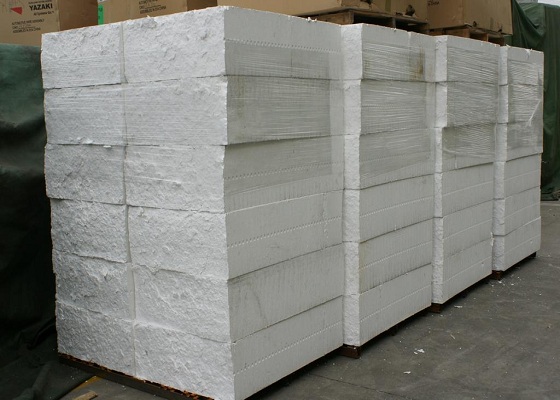Research of recycling the waste polystyrene foam
Styrofoam (EPS) wide range of USES, often are one-time use at the same time, combined with its light weight, volume and difficult to degradation such as broad market prospect. Currently, the main EPS recycling method includes:

1) melt extrusion method recycled polystyrene material; This method, large energy consumption and recycling of plastic inconvenience in situ desecration treatment, and only a medium-sized truck shipment of 100 kg, is not the economy
2) Thermal decomposition of recovery of styrene monomer, etc.; Complex method technology, large investment in equipment, the product performance is poorer, high cost and inconvenient to popularization and application;
3) Direct recycling crushing granulating, add to the new material recycling; Method the reuse ability is limited, and produces a large amount of powder in the process of crushing, unfavorable to the workers health
4) Made from solvent recovery, glue adhesion agent. Both at home and abroad literature made useful solvent recovery and adhesives, but mostly because of using solvents toxic or expensive to popularization and application. Using low-toxicity or nontoxic, cheap solvent, made by dissolving rapidly of EPS plastic waste recycling after defoaming capacity reduction, polystyrene material can be obtained directly, at the same time can easily on the processing, is a kind of effective and reliable way, so as to get the favor of people. Literature sources of recovered solvents can be divided into two kinds: one kind is the natural organic solvents, such as orange oil, grape skin extract oil, ylang oil, etc.; Another kind is organic chemical solvents, such as benzene, toluene, ethyl benzene, chloroform, ethyl acetate, etc. Including the use of natural solvent easily is limited by the source of raw material, and generally smaller solubility. Synthetic organic solvent dissolving efficiency is higher, but are often limited to the raw material cost and toxicity.
This research intends to adopt more easily get organic solvent for recycling the solvent, through the reasonable distribution of use at the same time, will the cost of raw materials and toxicity to achieve the optimal combination, get enough high dissolving efficiency and recovery, the rational selection of recycling products, get qualified products. This method is simple in process, does not produce secondary pollution, all simply heating process, save energy
The choice of solvents ideal should be: safe non-toxic pollution-free, reactants, the cost is low; For large amount of dissolved polystyrene, dissolving speed; Facilitate recovery and recycling, and recycling utilization rate is high. Based on the principle of this study chose the ethylene chloride/toluene mixed solvent. The solvent did not see the literature.
Precipitant of precipitant selection principle: safe non-toxic pollution-free; Precipitation effect is good. Do not react with the solvent, and dissolved polystyrene with no solvents dissolve effect is good; With the solvent separation, recycling utilization rate is high. The study selects the industrial-grade ethanol (95%) as precipitant, differ with the solvent boiling point greater than 30 ℃, conform to the principle of precipitation agent selection.
